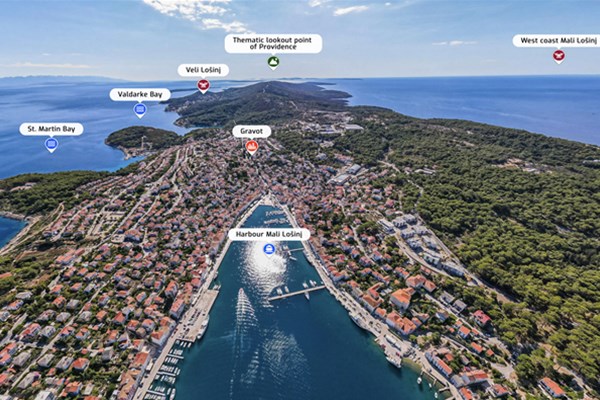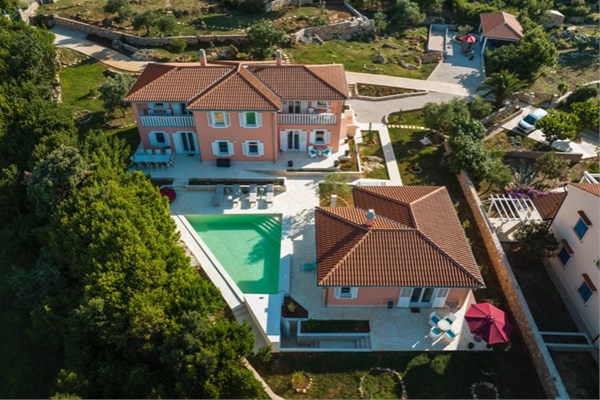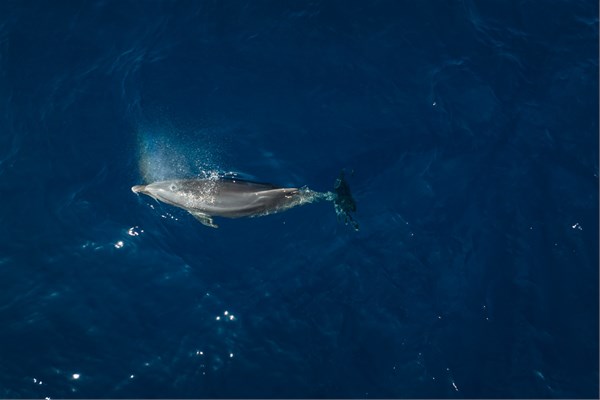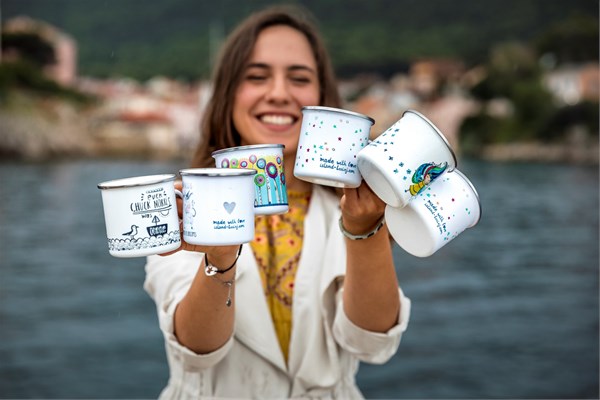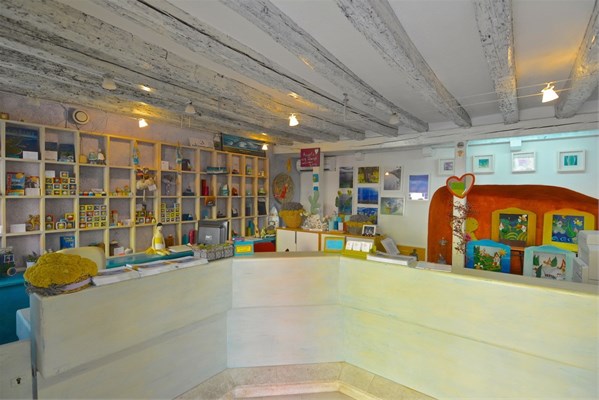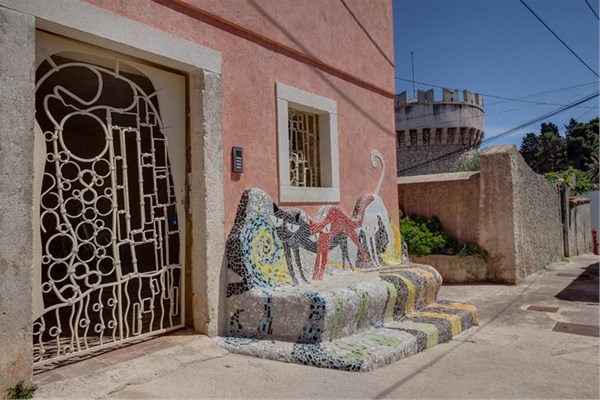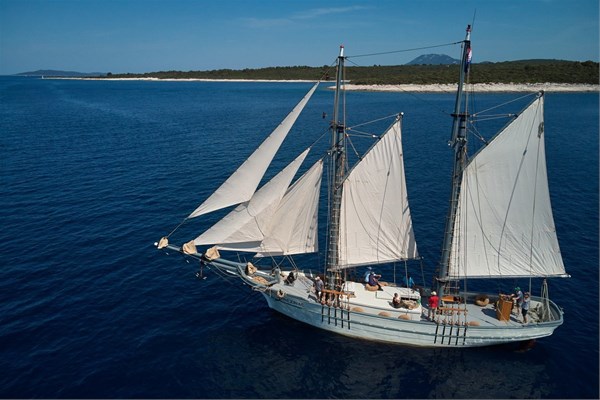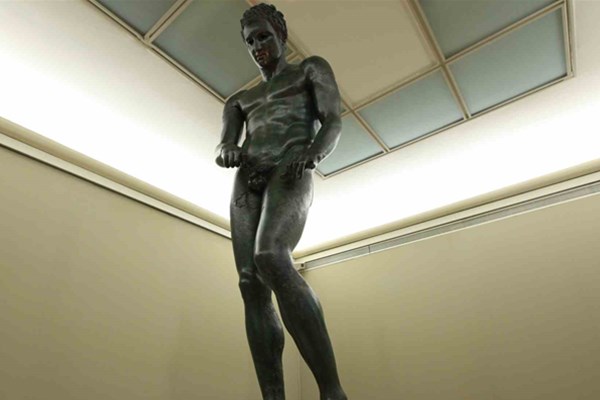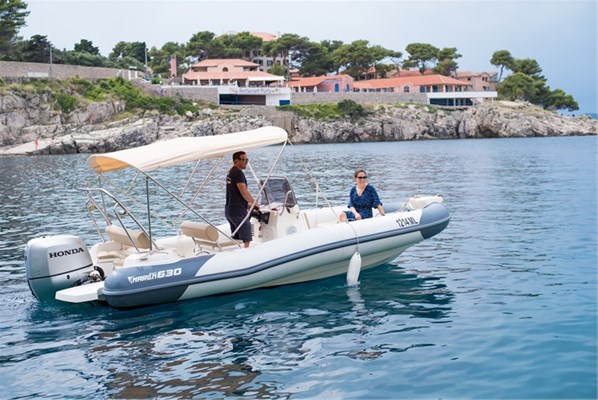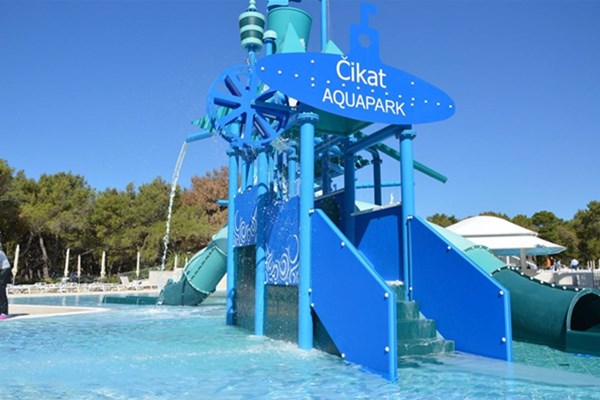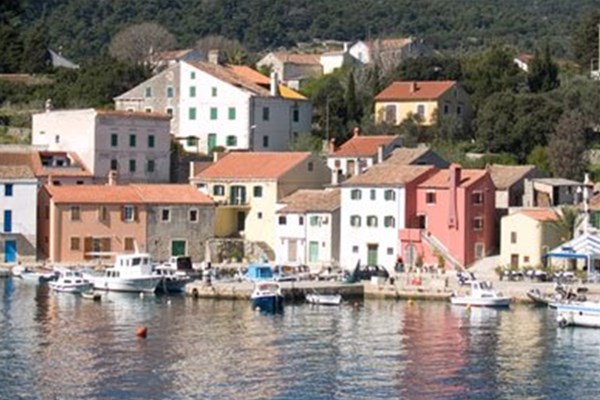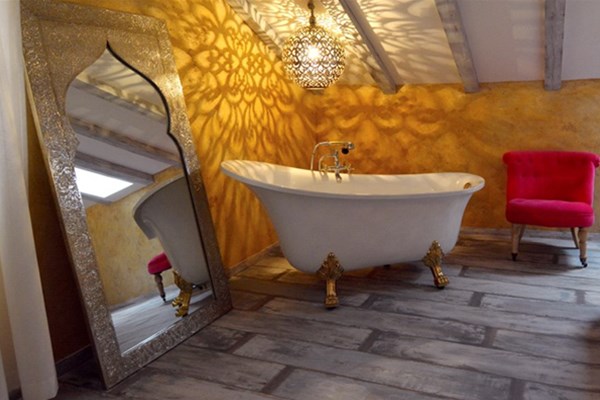Apsyrtides – Lošinj in the ancient time
In the ancient times, the islands of Cres and Lošinj were known as Apsyrtides, according to Absyrtus, the Greek hero and the main character of the mythical stories of Argonauts who, precisely here, in the northern Adriatic, succeeded in fleeing their persistent pursuers, carrying on their ship the golden fleece Argo that Jason stole from Colchis (nowadays on the Black Sea coast of Caucasus).
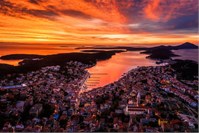
THE AMBER ROUTE
In the ancient times, the islands of Cres and Lošinj were known as Apsyrtides, according to Absyrtus, the Greek hero and the main character of the mythical stories of Argonauts who, precisely here, in the northern Adriatic, succeeded in fleeing their persistent pursuers, carrying on their ship the golden fleece Argo that Jason stole from Colchis (nowadays on the Black Sea coast of Caucasus). With the help from Medea, Absyrtus’ sister, Jason waited for him around these islands, beat him, cut his body into pieces, and threw them into the sea. That’s how the city of Osor (Apsoros) got its name.
The ancient Amber or Argonauts’ route, is the oldest European communication transversal that connected the north and the south of the continent, and it was created in order to trade amber that was carried from the shores of the Baltic Sea, across the continent down to the Mediterranean. There are many archaeological evidence that support the circulation of the products form Crete and Mycenae from one side, and amber from the other, as early as in the second millennium BC. The archipelago of Cres and Lošinj was indeed a very important point on this route.
LOŠINJ IN THE ANCIENT TIMES
Until the Roman times, the undisputed rulers of the Adriatic and these islands were Liburnians. Later on, they were the best seamen of the entire Roman fleet, and their vessels – liburne – became synonymous for hard and fast ships of the Roman navy. Liburnian “Cyclopean walls” remain partially preserved in the original rim of the Osor city walls. In 167 BC, Lošinj fell under the Roman rule. Osor, as the most important centre, gained a very cosmopolitan character. The Liburnians dug an artificial canal between Lošinj and Cres for the passage of ships, which cut short the bypass that was too long and too perilous because of the bora wind from Kvarner. Consequently, the port of Osor became a crucial point in the navigation – “the key to the upper Adriatic”. Rich urban and architectural stratigraphy are complemented by systemic explorations of the early Christian and early medieval sites in Osor, and traces of dynamic life in the ancient times are present on all islands. The most eloquent among them are kilometres-long dry walls in the idyllic landscape that tell the story of immense human effort that humanised this karst area over millennia.
LESSONS FROM GREEK BEAUTY IDEALS AND HEALTH FOR PRESENT DAY
The ancient Greeks most certainly did not look Polykleitos’ Doryphoros, Praxiteles’ Hermes, or Lysippos’ Apoxyomenos. Statues like the athlete from Lošinj determined the public standards of
classical physical beauty. Apoxyomenos reminds us of the fundamental ideals of the Greek culture
of life, which expresses the sense that the mind and body are one, and that the beauty and goodness are in perfect harmony, as well as that everyone carries the responsibility for their own improvement. In palestra, or gymnasium, either while exercising or in a competition, the Greek citizens looked at themselves in the same manner as in the theatre, believing in the Delphic principle: Know thyself.
In all its glory, Apoxyomenos is an excellent illustration of the maxim Mens sana in corpore sano ‒ a healthy mind in a healthy body, which is tied to the belief of the Hippocrates medicine that illness presents a rupture in harmony, and that the purpose of treatment is to restore human integrity. As the body is perfected in the gymnasium, the recovery of the balance of mind and body is best achieved in a healthy, preferably secluded location. The first step that a patient takes towards recovery is a voyage to a cure-house. One of these privileged places in the world where a person can strengthen or regain their balance, is definitely Lošinj. And it seems like it’s not by accident that Apoxyomenos, the new symbol of the Island of Vitality, finally settled down right here.
Josip Belamarić, PhD Senior Research Associate at the Institute of Art History, Split
